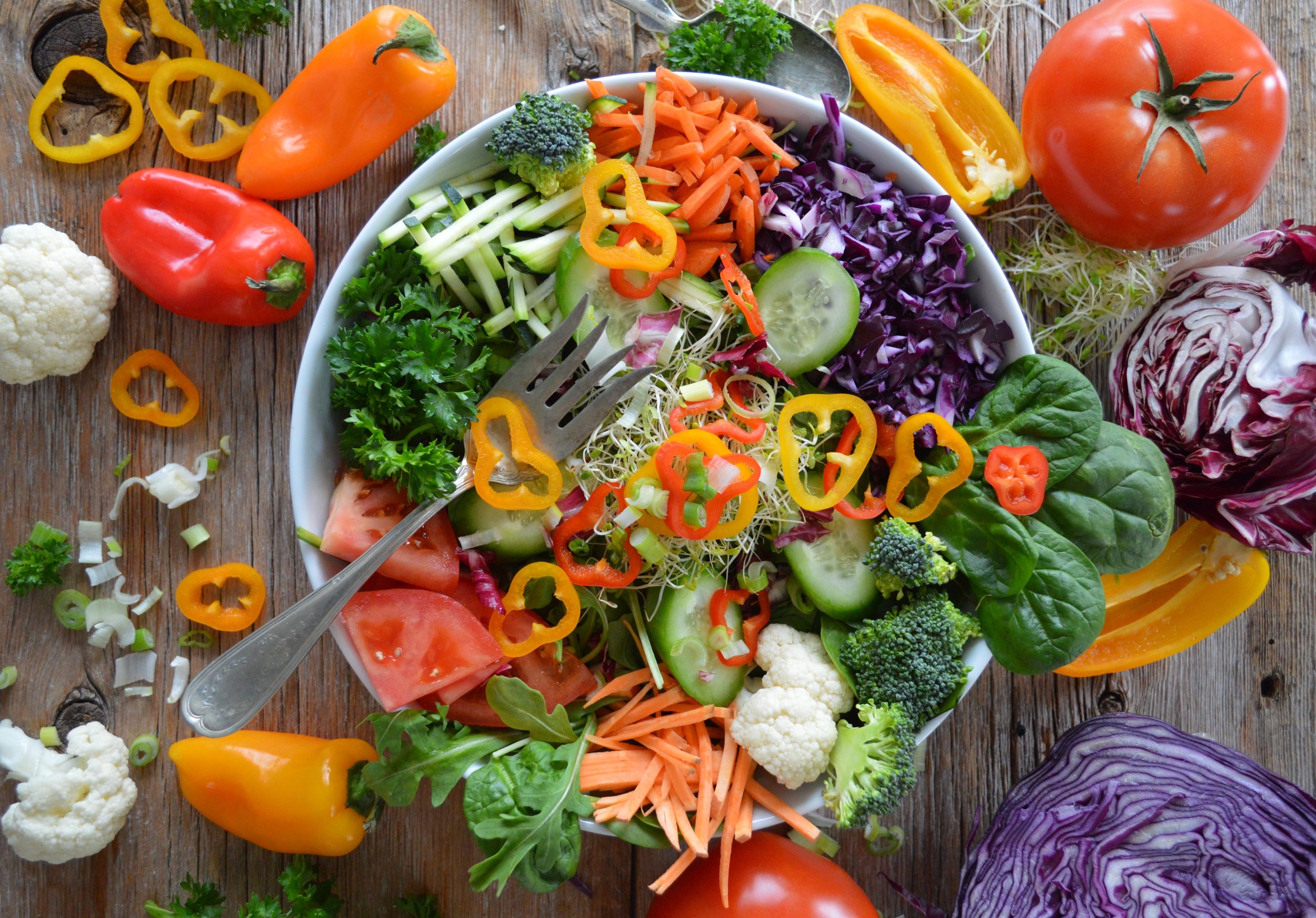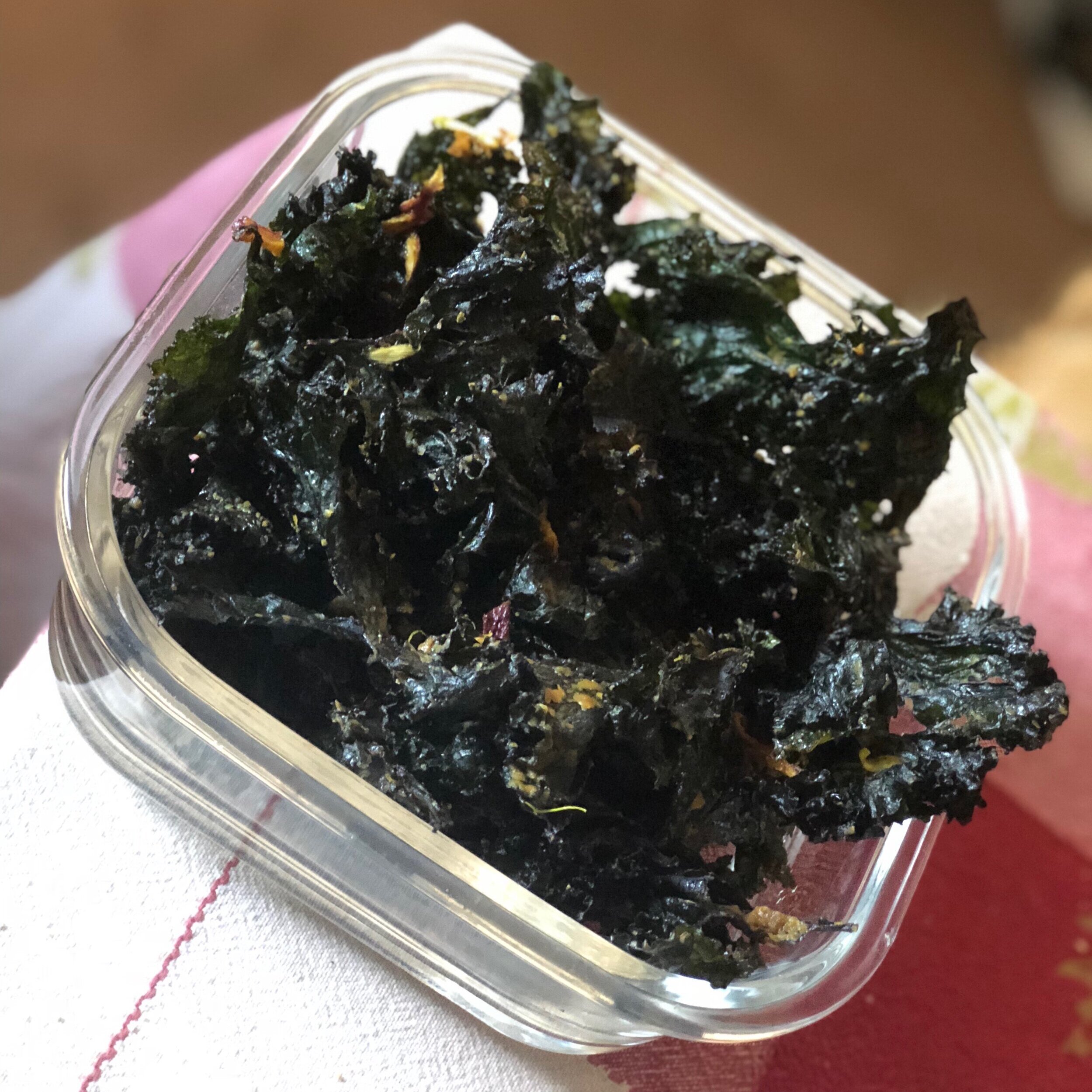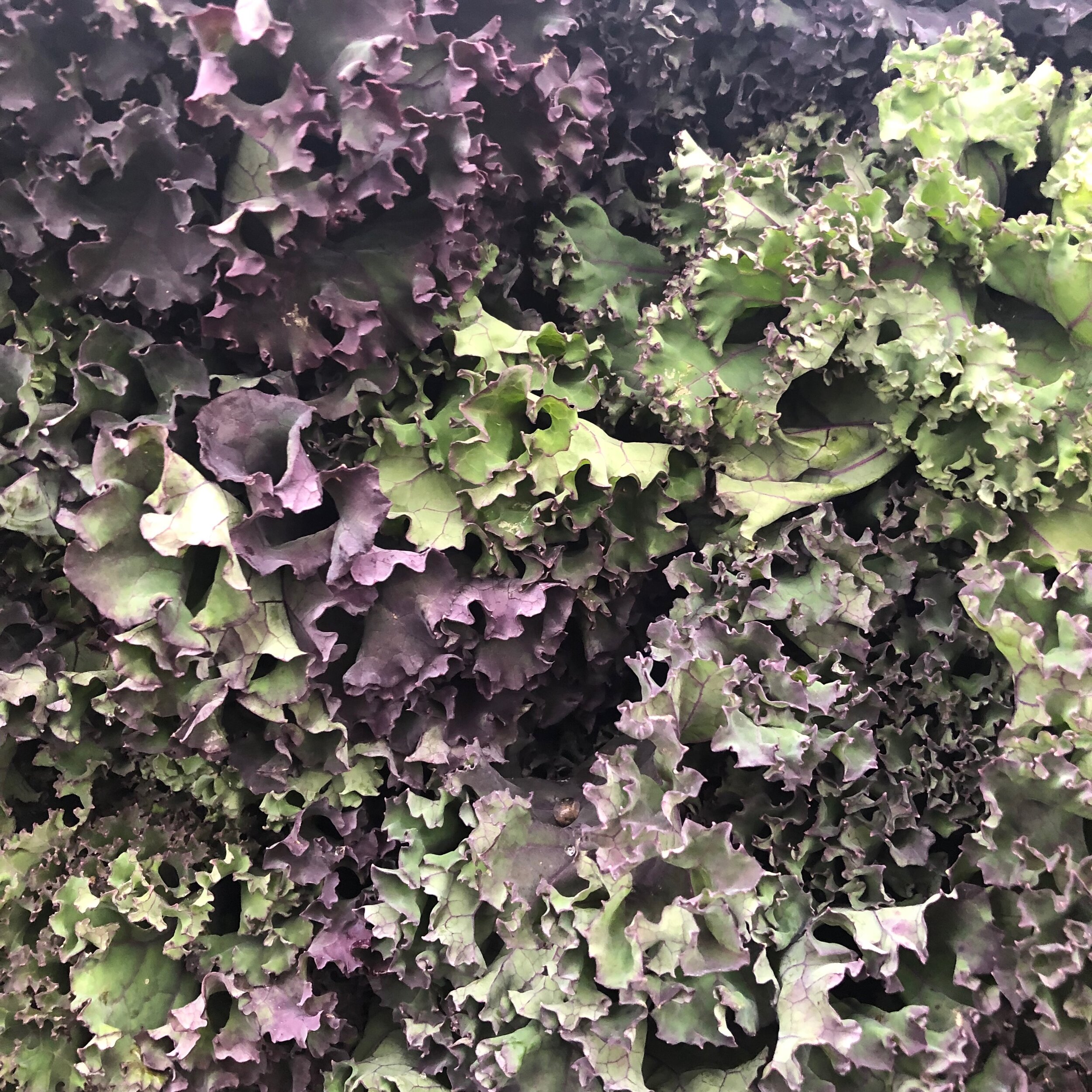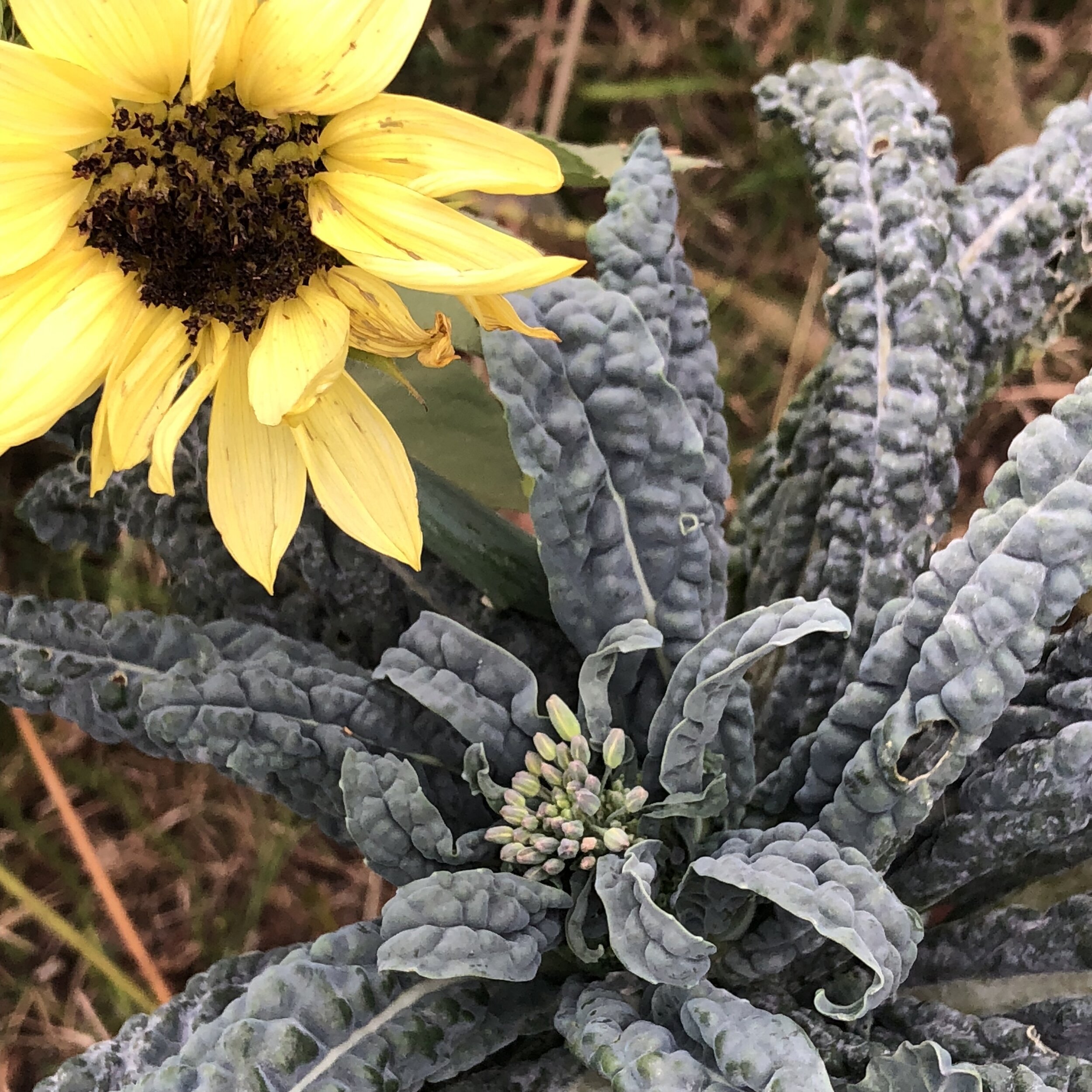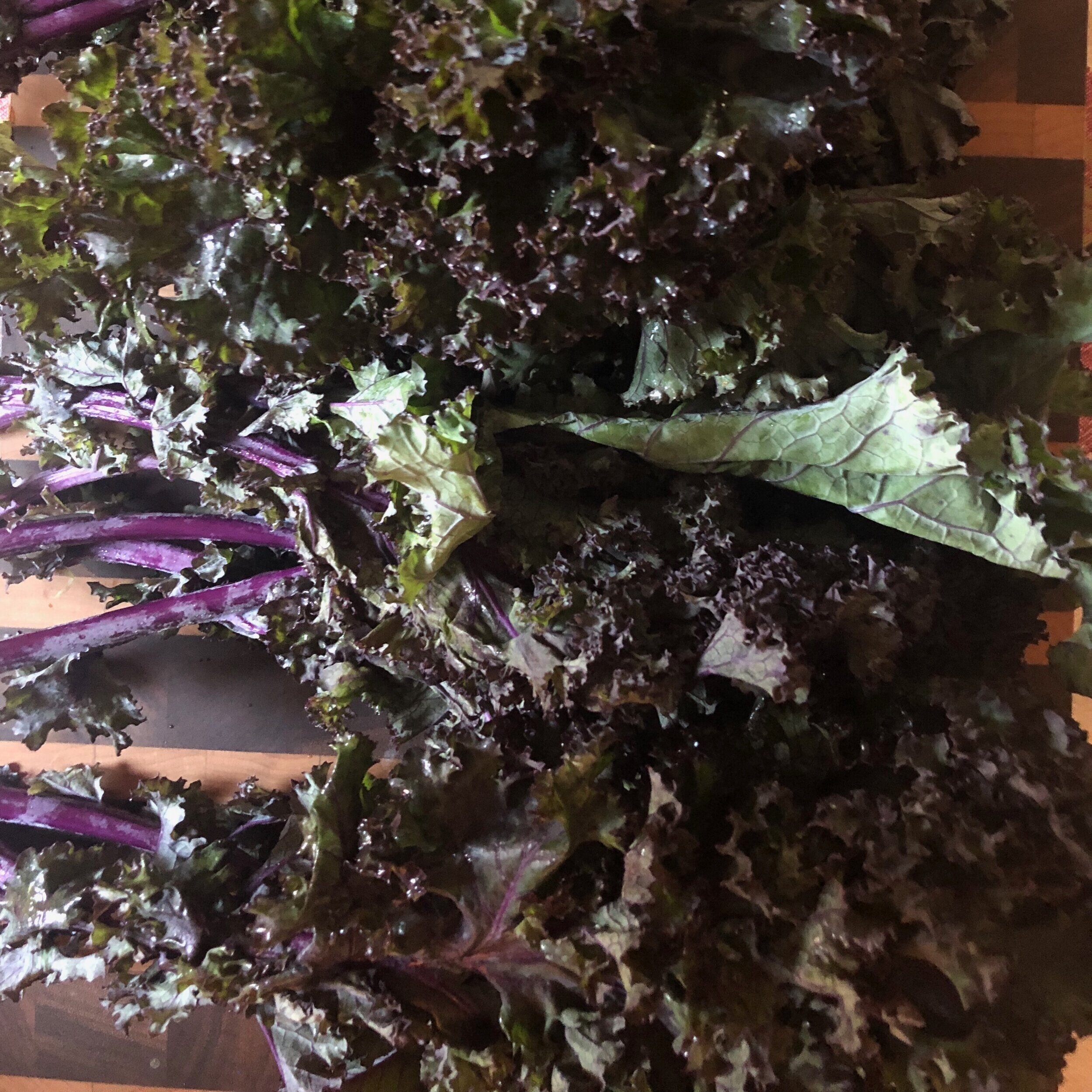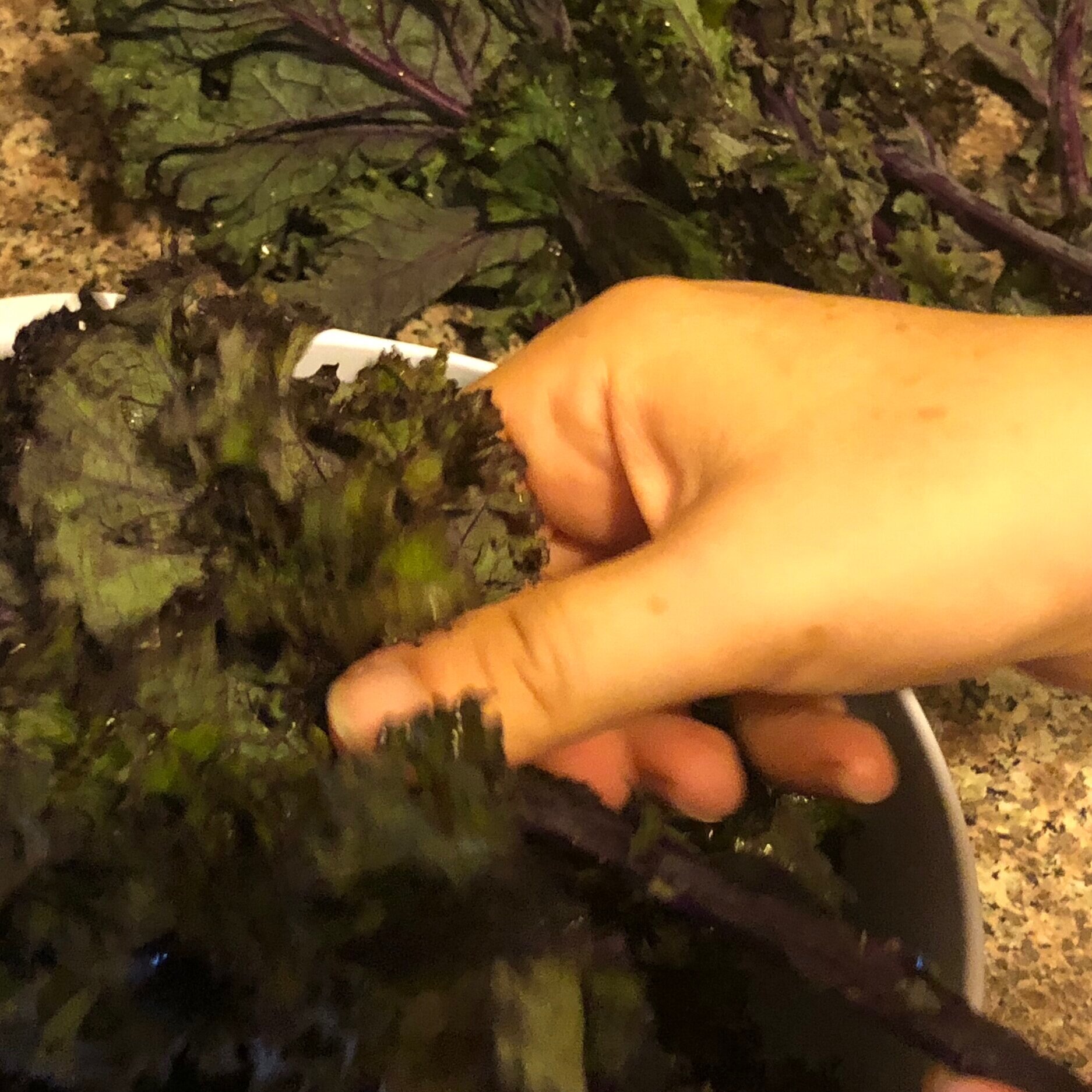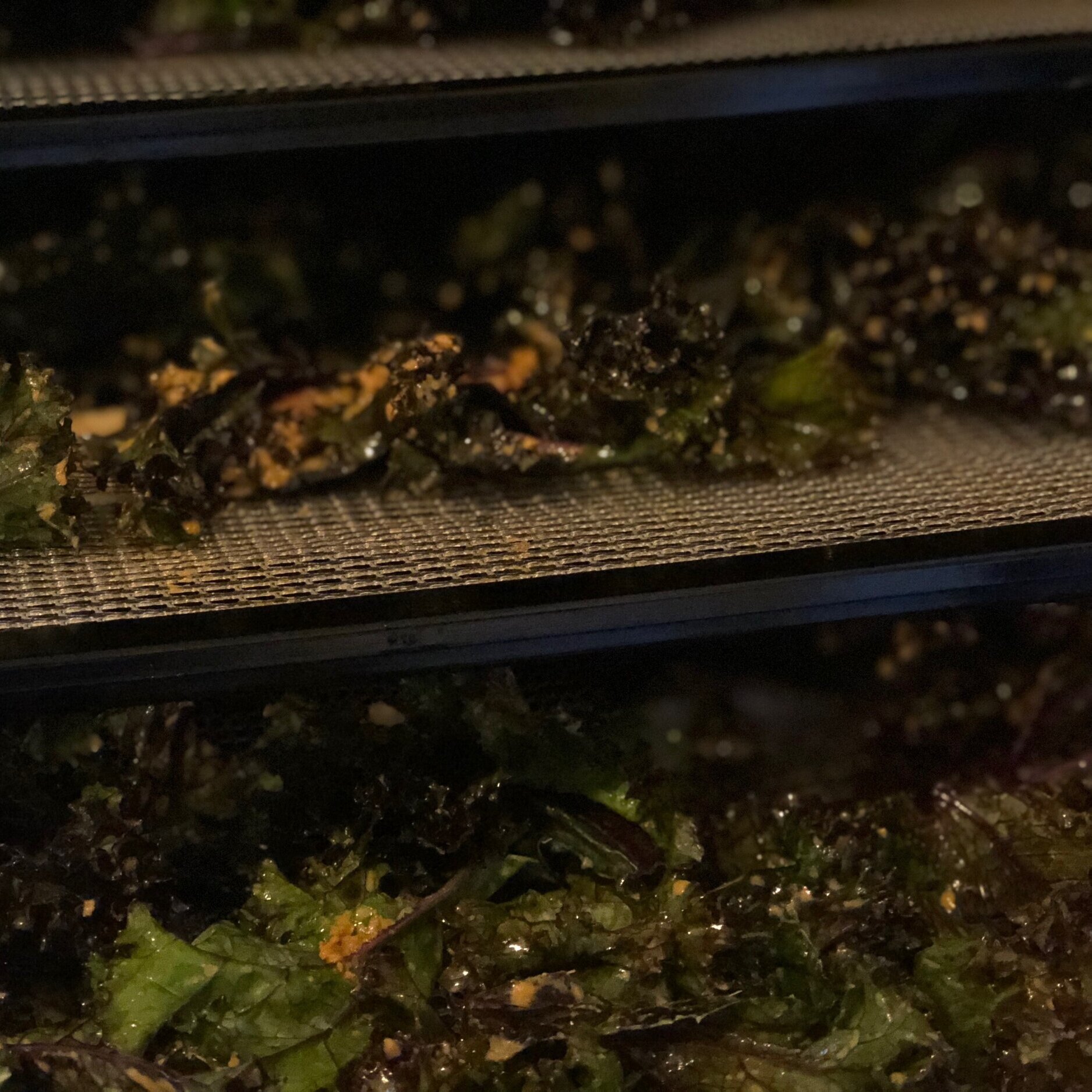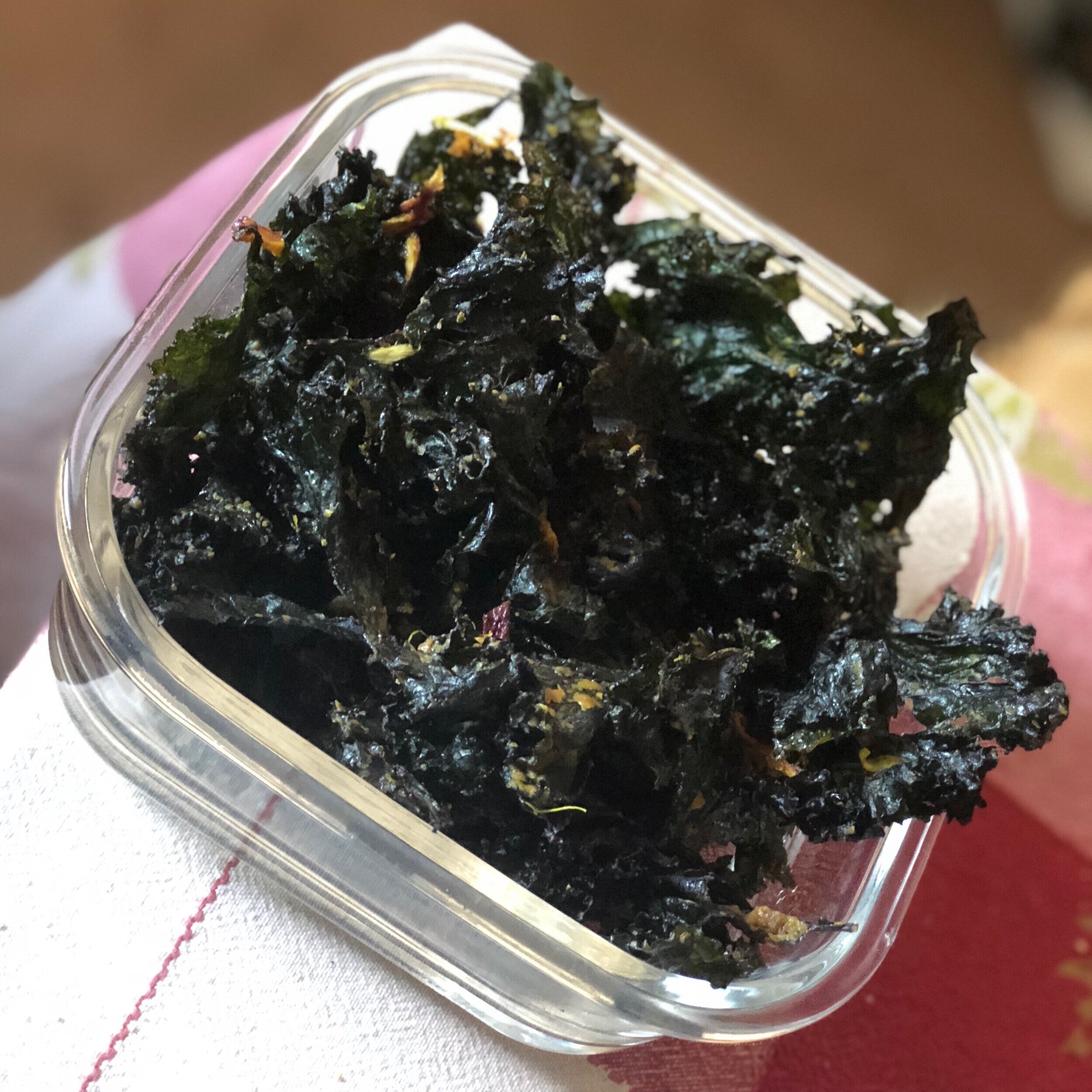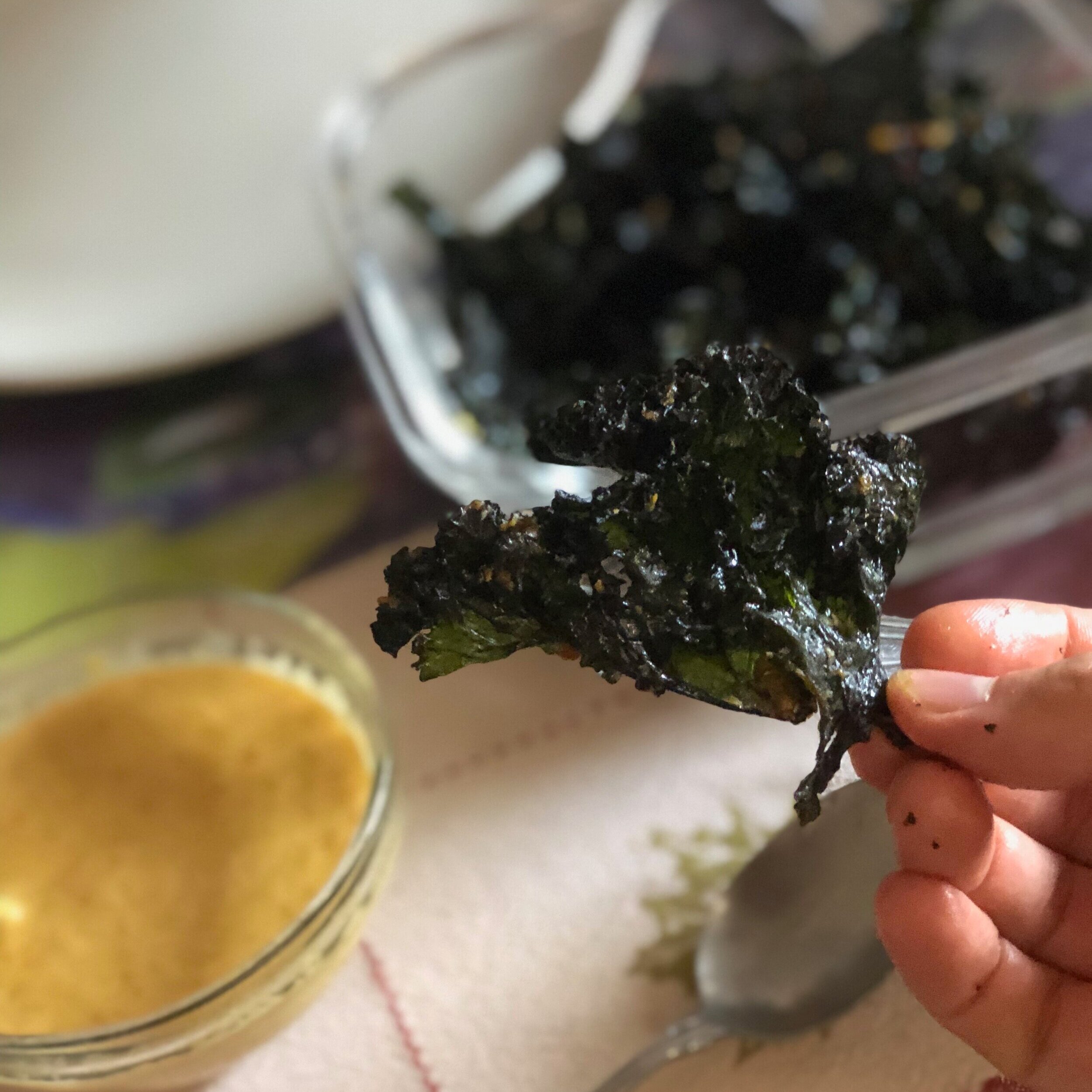Homemade Kale Chips: Make It From Scratch
/ACTIVE PREP TIME: 15 MIN
PASSIVE PREP TIME: 10-12 HRS TO DEHYDRATE (OR 1 HR IN THE OVEN)
INTRODUCTION
One of the goals of Consciously Kosher is to encourage consumption of whole foods with minimal processing.
However, for families with school-aged kids, finding snacks that are both nutritious and appealing can be challenging. Store-bought snacks tend to be highly-refined, ultra-processed foods with little nutritional value. These include potato chips, corn chips, crackers and pretzels.
In my experience with my own kids, I have found the perfect snack to be kale chips. When prepared correctly, they retain crunch, burst with flavor and possess an addictiveness that renders my kids capable of downing an entire head of kale in a 10-minute sitting. A side benefit is that my 6-year-old seems to think that kale chips make his nightmares go away!
These are some of the benefits of kale chips:
They energize you. Kale chips won’t give you a stomach ache or make you lethargic from eating too many, unlike conventional chips made from potatoes or corn.
They provide incredible nutrition. They are not made from empty, refined carbs and rancid oils high in omega-6 fatty acids.
They taste great. The nutritional yeast provides a cheesy flavor that kids love, while the tamari sauce and miso paste contribute the familiarity of saltiness.
They are functional. You can safely indulge in an entire bowl of chips while you bing-watch Shtisel on Netflix!
WHY MAKE YOUR OWN KALE CHIPS?
You could purchase store-bought kale chips. Whole Foods, Erewhon, Cooportunity and Costco all sell them. Even Trader Joe’s has gotten in on the action. They’re a fine option – but they are very expensive and there is not much in the package. Brands include:
Alive & Radiant $5.13 for 2.2 ounces ($2.33/ounce)
Brad’s Raw Crunchy Kale $4.99 for 2 ounces ($2.00/ounce)
Made in Nature $5.99 for 2.2 ounces ($3.00/ounce)
Rhythm Superfoods $4.50 for 2 ounces ($1.25/ounce)
Trader Joe’s $3.99 for 2 ounces ($2.00/ounce)
On the other hand, you can sometimes find raw, organic kale at Ralph’s for $0.99 per head, or buy it super-fresh at Underwood Farms for $1.75 per head at several L.A.-area farmer’s markets. Sprouts Market also carries it for a similarly low price. With the addition of a few common ingredients, you can make your own kale chips.
NUTRITIONAL BENEFITS
Kale was first cultivated in the Mediterranean during Roman times. It was a staple food in Europe for about 1,500 years.
Nutritionally, kale 🥬 is an exceptional source of vitamin K, vitamin C, vitamin A, manganese and copper. It contains ample amounts of potassium and magnesium. It also has the highest levels of the carotenoid lutein of any plant. Lutein plays an important supportive role in protecting the eye from damage by light or oxygen. In summary: it’s pretty good for you.
Eating kale confers a variety of health benefits:
DETOXIFICATION Kale, along with other cruciferous vegetables, plays a supporting role in the body’s detoxification system from both environmental and food-related toxins.
LOWER LDL CHOLESTEROL Regularly consuming kale may lead to lower LDL cholesterol levels while raising HDL levels.
ANTI-INFLAMMATORY PROPERTIES Kale’s unique set of nutrients contributes to relieving oxidative and inflammatory stress. Kale is a concentrated source of antioxidants (carotenoids and flavonoids) and anti-inflammatory (Omega-3/ALA, vitamin K) nutrients.
There are three main types of kale, all of which are easily encountered at a good grocery store:
Flat, wide-leafed kale
Dark, lacinato kale (including “dinosaur” kale)
Curly leafed kale
As Kale is very fragile and its nutrients can be lost easily, proper cooking and preparation are essential. To maximize nutrient retention, minimize exposure to heat, cooking time and contact with cooking liquids. Dehydrating them at low temperatures is the best solution.
THE 5 STEPS TO MAKING HOMEMADE KALE CHIPS
Homemade kale chips may be made with as few as three or four ingredients: kale, sea salt, olive oil and nutritional yeast is a basic recipe. This recipe is a variation with more flavors and a whole lotta crunch.
Wash your kale very well. I recommend soaking or dunking the kale in a bowl of lukewarm water to remove dirt and small bugs, shaking it off and then dabbing it dry with a dish towel.
De-stem the kale and place into a large bowl. The easiest way to do this quickly and efficiently: hold the stem in one hand and pull up from the bottom with the other, tearing off the leaves. Discard the stems (or save them for soup stock).
In a cereal-sized bowl, combine all the other ingredients. Mix well.
Pour the mixture into the large bowl with the kale. Use your hands to massage the kale lightly, taking care not to break the leaves.
Place the kale onto dehydrator racks. Two heads of kale typically takes up at least four racks in my Excalibur dehydrator (or two large racks in an oven). Dehydrate at 118°F for 10-12 hours so the kale remains raw.
DEHYDRATOR USERS When dehydrating, keep in mind that as the water is removed, the flavors will concentrate. Therefore, go easy on the cayenne and the Tamari sauce until you get the hang of the process.
OVEN USERS If you do not own a dehydrator (and I highly recommend getting one!), you can bake the chips in the oven at the lowest temperature setting. One hour should suffice at 185-200°F. Just be sure to turn them over once or twice.
RECIPE
2 heads kale
¼ cup chopped red onion
6 Tbsp olive oil
1 Tbsp apple cider vinegar
½ cup nutritional yeast
1½ Tbsp low-sodium Tamari sauce
½ tsp miso paste
⅛ tsp garlic powder
A pinch cayenne pepper (or more, to taste)
CONCLUSION
Kale chips are an incredibly nutritious and appealing snack to make for kids. They will enjoy the crunch and the taste without the refined ingredients of store-bought potato chips and other ultra-processed snack foods. And the fresh, whole-food ingredients are surprisingly affordable.

